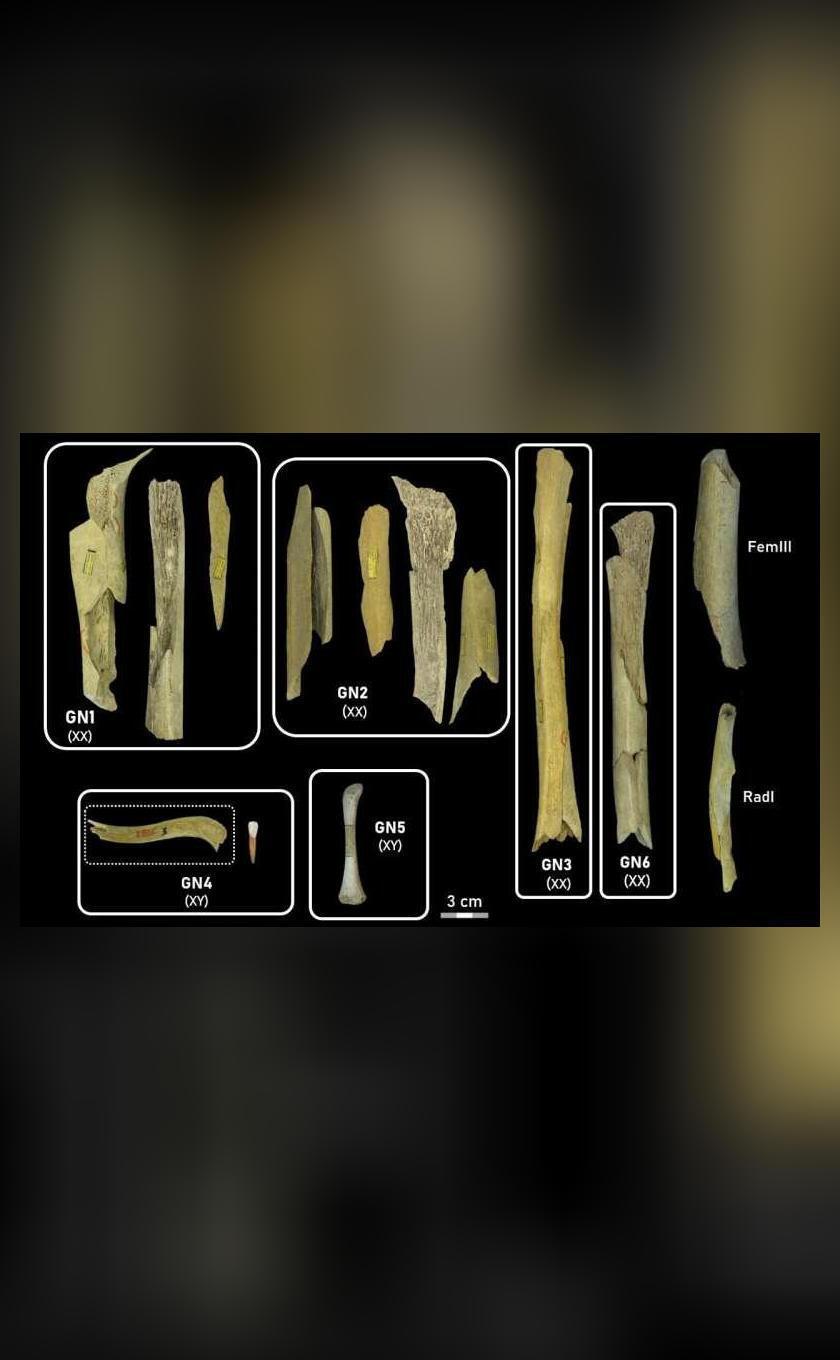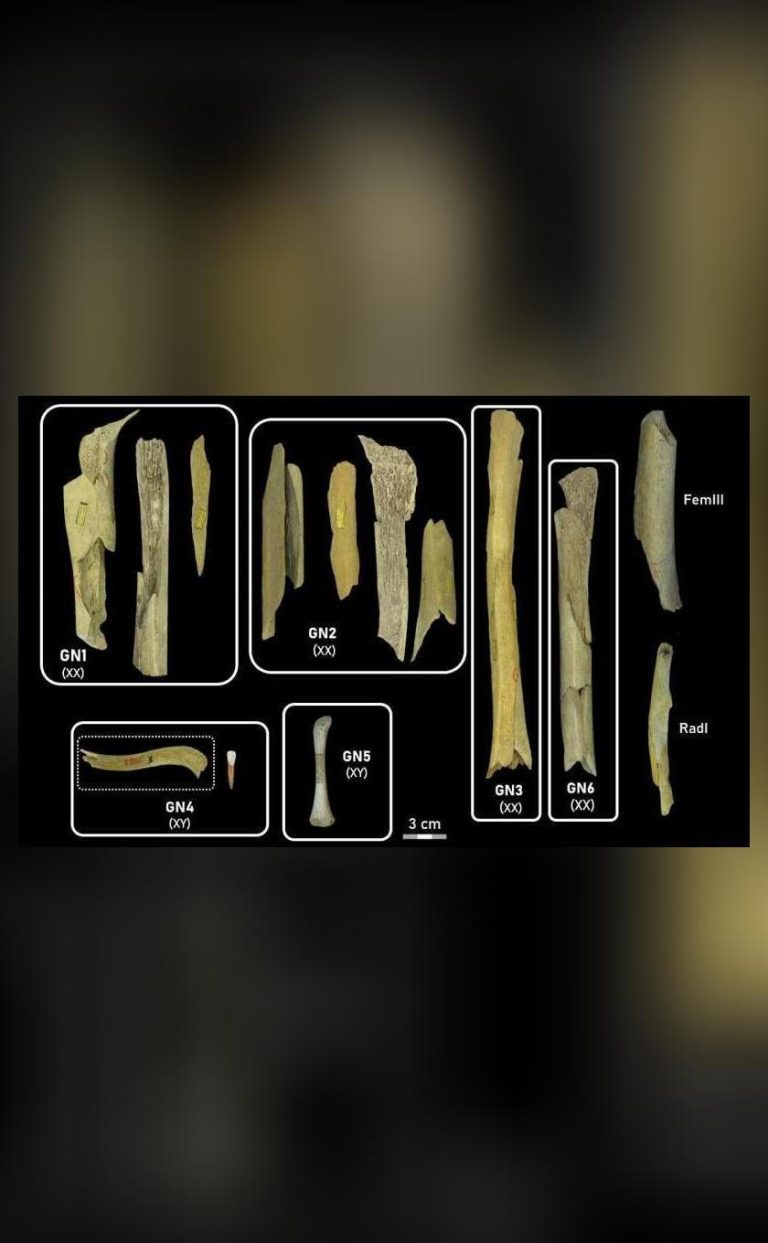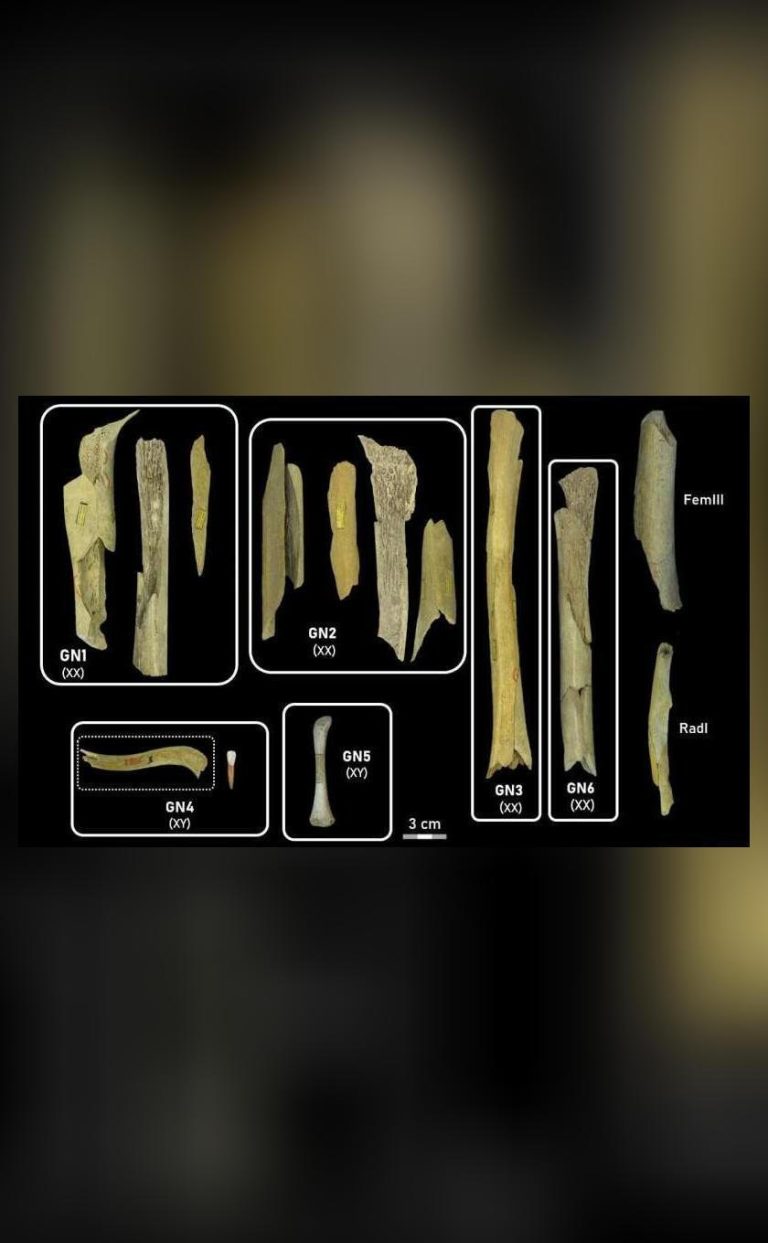
Neanderthals ate outsider women & children 45,000 years ago: Study
The discovery of ancient human remains in Belgium’s Goyet cave system has shed new light on the behavior of Neanderthals, our ancient human relatives. A recent study has revealed that Neanderthals engaged in cannibalism, specifically targeting women and children from other communities, around 45,000 years ago. This shocking finding has significant implications for our understanding of Neanderthal behavior, social structure, and interaction with other human groups.
The study, which analyzed 101 bone fragments found in the Goyet cave system, identified butchery marks similar to those found on animal bones. These marks suggest that the Neanderthals used stone tools to cut and scrape the bones, likely to extract meat and marrow. The presence of these butchery marks on human bones is a clear indication of cannibalism, and the fact that the majority of the bones belonged to women and children suggests that they were specifically targeted.
The researchers behind the study believe that this cannibalism was linked to territorial conflict, which was likely exacerbated by the shrinking Neanderthal population and the presence of Homo sapiens in nearby regions. As Neanderthal numbers declined, they may have become more competitive and aggressive in their interactions with other human groups, leading to the targeting of vulnerable individuals such as women and children.
The Goyet cave system, where the remains were found, is a significant archaeological site that has yielded a wealth of information about Neanderthal behavior and culture. The cave system has been dated to the Middle to Upper Paleolithic period, a time of significant transition and change in human evolution. The presence of both Neanderthal and Homo sapiens remains in the cave system suggests that there was interaction and potentially conflict between these two human groups.
The study’s findings have significant implications for our understanding of Neanderthal behavior and social structure. While we have long known that Neanderthals were capable of complex social behavior, including cooperation and altruism, this study suggests that they were also capable of violence and aggression towards other human groups. The targeting of women and children, in particular, is a disturbing aspect of this behavior, and one that highlights the complexity and nuance of Neanderthal social dynamics.
The fact that Neanderthals engaged in cannibalism is not entirely surprising, as there is evidence of cannibalism in other ancient human societies. However, the fact that they targeted women and children from other communities is a new and significant finding. This behavior suggests that Neanderthals were capable of distinguishing between members of their own group and those of other groups, and that they were willing to use violence and aggression to assert their dominance and protect their territory.
The study’s findings also highlight the importance of considering the social and cultural context in which ancient human behavior occurred. While we can never know for certain why Neanderthals engaged in cannibalism, the fact that it occurred during a time of significant change and transition in human evolution suggests that it may have been linked to broader social and cultural factors.
In conclusion, the discovery of Neanderthal cannibalism in the Goyet cave system is a significant and disturbing finding that highlights the complexity and nuance of ancient human behavior. The fact that Neanderthals targeted women and children from other communities suggests that they were capable of violence and aggression towards other human groups, and that they were willing to use cannibalism as a means of asserting their dominance and protecting their territory. As we continue to learn more about Neanderthal behavior and culture, we are reminded of the importance of considering the social and cultural context in which ancient human behavior occurred.
Source:
https://phys.org/news/2025-11-neanderthal-women-children-victims-cannibalism.html




